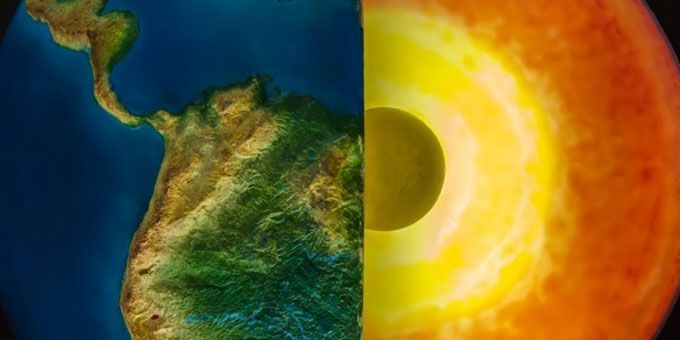Circa 2019
In 1841, Alexander Bain confirmed the capacity of moist dirt in the generating of electricity. An Earth Battery is a pair of electrodes, consisting of two dissimilar metals, using moist earth as an electrolyte. To make the battery, Bain buried plates of zinc (anode) and copper (cathode) in the ground about a yard apart. It produced an output voltage of approximately 1 volt.
When you place a zinc anode and a copper cathode in a container of wet mud, the two metals start reacting, because zinc loses electrons easier than copper and because the mud contains ions. By wetting the dirt, it turns into a true electrolyte solution. Therefore, the electrodes start exchanging electrons, just like an ordinary battery does.
